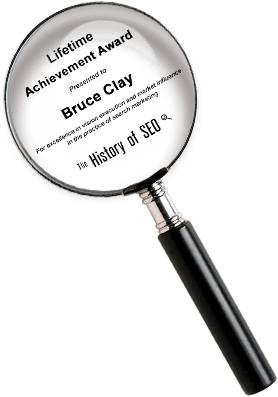How do I scale multi-location SEO with centralized content hubs?

Overview
Managing SEO for dozens — or even hundreds — of locations is no easy feat. Franchise brands and multi-location businesses face the challenge of maintaining both local relevance and brand consistency. Without the right systems in place, things can get messy fast: duplicated content, missed local optimization opportunities, and underperforming pages that hurt visibility across the board.
In today’s AI-first SERP, scalability without sacrificing precision is the name of the game. That’s where centralized content hubs, automated schema, and real-time review integrations come in. This guide breaks down how to set up a future-ready, scalable SEO system that works across all your locations.
What I Think
Over the years, I’ve worked with multi-location businesses that struggled to keep up with the SEO demands of every outlet. What I’ve found is that most fall into one of two traps: either they build every location page manually (which never scales), or they rely too heavily on duplication, leading to weak or thin content across the board.
When done right, a centralized content strategy paired with smart automation can deliver incredible results. I’ve seen templated hubs — structured with brand messaging and flexible for localized content — rank for both broad and local intent keywords. Add in automated schema injection, real-time review feeds, and location-based offers, and you’ve got a scalable SEO engine that converts.
Don’t underestimate the value of empowering your team, either. Training regional managers to manage localized promotions or surface customer reviews keeps each page fresh while maintaining consistency with the brand’s voice. A few smart systems can remove hours of manual effort and still give each location its SEO moment in the spotlight.
Deep Dive: Build a Centralized Content Hub with Localized Scale
To scale SEO across multiple locations, start by building a central content hub that reflects your brand’s core services, values, and trust signals. This hub becomes the foundation for all your location-specific subpages. From here, create dynamic templates that allow for structured content injection — such as NAP (name, address, phone), hours of operation, unique local promos, and Google Business Profile links.
Automating schema markup for each location ensures that search engines can parse and display key data efficiently. I recommend integrating a review management API that auto-updates testimonial content per location. Fresh reviews are not only great social proof but also a critical signal of relevance in local SEO. Real-time updates from platforms like Yelp, Google, and Facebook can keep pages alive and accurate without manual work.
Bulk publishing tools make it possible to push updates across your entire location network with a single action — ideal for promotions, structural changes, or compliance updates. Just be careful not to over-template; including regional-specific copy, unique promotions, or staff bios helps keep content valuable and avoids penalties for duplication.
Finally, train your team to stay involved. Equip managers with analytics dashboards that track performance per outlet. Set up alerts for ranking drops, missing reviews, or schema errors. Establish a quarterly review cycle to audit your templates, update offers, and test new strategies. Process, people and performance measurement — that’s what scaling SEO is all about.
24-Step Action Plan
- Build a central content hub
- Draft dynamic location page templates
- Configure location-based schema markup
- Integrate a review API for real-time testimonials
- Use bulk publishing tools to generate location subpages
- Validate schema markup with testing tools
- Monitor local pack and organic rankings per location
- Set alerts for ranking or review issues
- Rotate region-specific promotions
- Sync PPC campaigns with location URLs
- Attribute leads by region using cross-channel data
- Share best practices from top-performing outlets
- Conduct quarterly audits of all location pages
- Adjust templates based on SEO and UX insights
- Document the multi-location SEO workflow
- Train managers on content updates and dashboard tools
- Maintain a version-controlled template library
- Host monthly calls to share local SEO learnings
- Review engagement metrics and lead conversions
- Update outdated or underperforming content
- Automate updates for hours, services, or offers
- Compare performance trends across locations
- Archive closed or inactive locations responsibly
- Continuously improve based on analytics feedback
About Bruce Clay Inc.
Since 1996, Bruce Clay has helped enterprise brands build SEO strategies that scale. Our team supports multi-location businesses with technical SEO, content development, structured data implementation, and training that empowers internal teams. Whether you have 10 locations or 1,000, we help you rank locally and compete nationally — ethically and effectively.
Topics Covered: multi-location seo · centralized hubs · localized schema
26,000+ professionals, marketers and SEOs read the Bruce Clay Blog
Subscribe now for free to get:
- Expert SEO insights from the "Father of SEO."
- Proven SEO strategies to optimize website performance.
- SEO advice to earn more website traffic, higher search ranking and increased revenue.

Comments are closed








